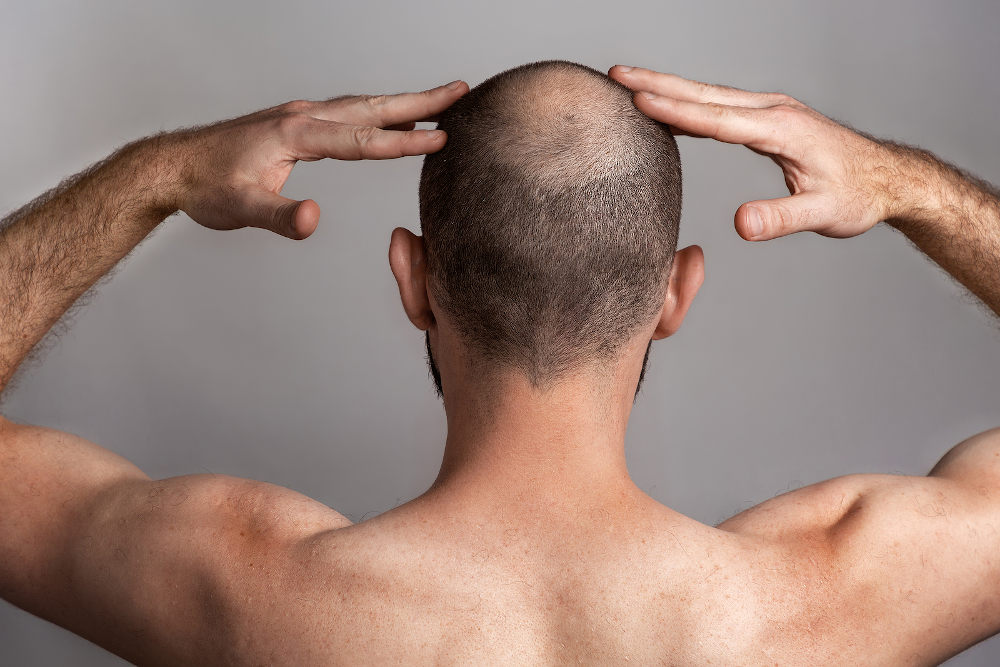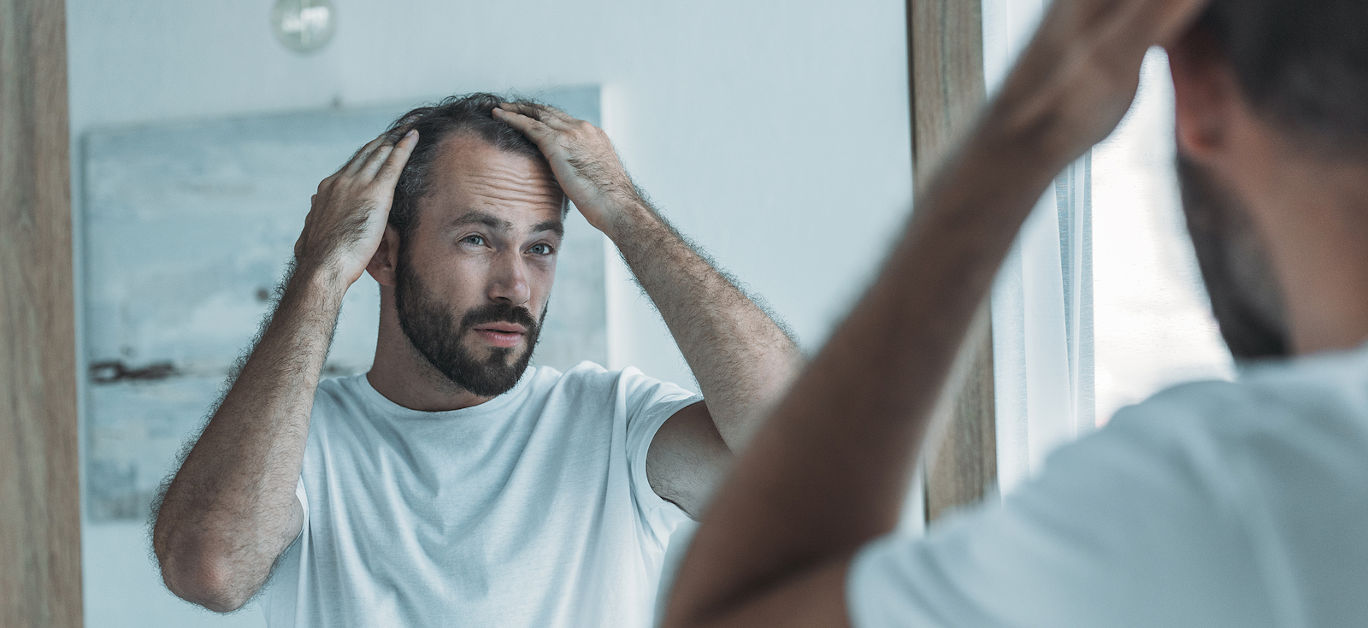Though it’s a naturally occurring experience for many people, both men and women, hair loss can bring with it a range of feelings no thanks to society’s pressures to look a certain way. If you are going through a phase of hair loss or thinning and you think that you would feel more confident if you tackled it head on (excuse the pun) then you may be reassured to learn that there are a range of ways in which you can deal with this.
With the hair loss prevention industry being such a minefield with the market being so flooded with gimmicky devices and treatments that claim to be revolutionary, the reality is that very few things actually work. With that in mind, and assuming that you are hoping to find a solution to your thinning hair, we have gathered some tips together to help you on your way to a fuller or less thin head of hair.
Don’t wait until it’s too late
If you want to effectively fight hair loss, the best solution is to get help as soon as you start noticing a change. At the first sign of thinning or shedding, you should schedule a visit with a qualified dermatologist to give yourself the best chance of keeping your precious mane in tact.
Getting treatment in the early stages is the best way of maximising the efficacy of any treatment avenue you decide to pursue. Finding a professional to assess the state of affairs and discuss your options will allow you to develop a plan of action to help tackle your hair loss.

Develop a personalised treatment plan
Overall, when you’re treating hair loss proactively, you have three types of treatments that can be used, all of which use products that aim to stimulate hair growth from inactive follicles. Typically, these target follicles have begun to weaken but haven’t yet died completely, because of this, proactive measures are essential. Re-growth will be challenging, if not impossible, if you wait too long to start treatment, so have a conversation with your dermatologist about the following options and discuss the best way to proceed.
The first option is Finasteride, also known as Propecia. This treatment aims to block dihydrotestosterone (DHT) from forming in your hair follicles, a male hormone that can cause hair follicles to become thinner and shorter. DHT production disrupts the hair growth cycle, which can cause hair follicles to become dormant, as such, inhibiting DHT formation using Finasteride can help to promote stronger growth.
You could also try using Minoxidil, also known as Rogaine. This is an over-the-counter treatment that aims to increase blood flow to the follicles on your scalp, in doing so, it strengthens and thickens the hair on your head. When this is used preemptively, it can help to promote thicker hair growth and reduce the incidence of shedding. It is especially effective for the hair on your crown, but if you’re thinning at your temples, it might not be as effective.
The final proactive treatment for hair loss is platelet-rich plasma (PRP). PRP is a novel option for treating hair loss and because of this, you will likely have to pay a premium to use it. It works by using the platelets and plasma from your own blood. Once these are isolated, the growth factor they contain can be injected into the scalp by a doctor, which can stimulate new growth in dormant follicles. The treatment will likely be administered once a month for four months and from then on, it will be performed quarterly or biannually.

Lower your stress levels
One of the biggest causes of hair loss is stress. When people are excessively stressed, their hair follicles might react by stopping growth, weakening and shedding hair. Hypertension can also cause your immune system to begin attacking follicles, leading to hair loss.
When the hair growth cycle is disrupted by stress, your follicles may go into a more extended period of dormancy. To protect against this, you should take steps to reduce the stress you’re under. While some degree of stress is inevitable, ensuring that you get enough rest, exercise regularly and generally stay healthy can do a lot to minimise hair loss.
Focus on healthy habits
You might not always be able to avoid stress, but you can avoid bad habits. As such, you should try to reduce your consumption of alcohol, drugs and avoid smoking, this will all help you enhance your overall health and the wellbeing of the follicles on your head.
You might also unwittingly be harming your hair during your daily routine, for example, if you don’t shampoo your hair enough, you could be harming your follicles. Conversely, shampooing too often could also lead to increased hair loss. Generally, the best option is to wash your hair twice a week with a special shampoo designed for thinning hair.

Supplement your diet
Various vitamins are reported to help with hair loss, helping hair to grow thicker, stronger and faster. The most commonly suggested supplement is biotin, but the best thing you can do is to eat a healthy and balanced diet to get most of the vital nutrients needed for healthy hair. You could also consider some more targeted supplements like Viviscal or Nutrafol, these contain a mix of vitamins and minerals that are associated with stronger, thicker hair.
Consider a transplant if all else fails
Even if you begin treating your hair loss proactively, sort out your diet and reduce your stress, you might still experience hair loss, but, thankfully, hair transplant treatments are becoming increasingly advanced and accessible. You can get hair loss treatment in London to achieve the best possible results when all else fails. Generally, hair transplants work by taking hair follicles from elsewhere on your body and transplanting them to your scalp, meaning the hair can grow naturally, even if the existing follicles on your head have died completely.
If you don’t want to go through the transplant procedure, you could opt for scalp micropigmentation treatments, which creates the illusion of thick hair without going through a transplant and the associated recovery process.
Conclusion
Hair loss can be a stressful thing to experience, regardless of when you’re going through it, however, by taking steps to proactively counteract hair loss, you can increase your chances of keeping a full head of hair. Additionally, with the modern treatments available nowadays, you will always have an option to deal with hair loss that doesn’t respond to a previous type of treatment.






















